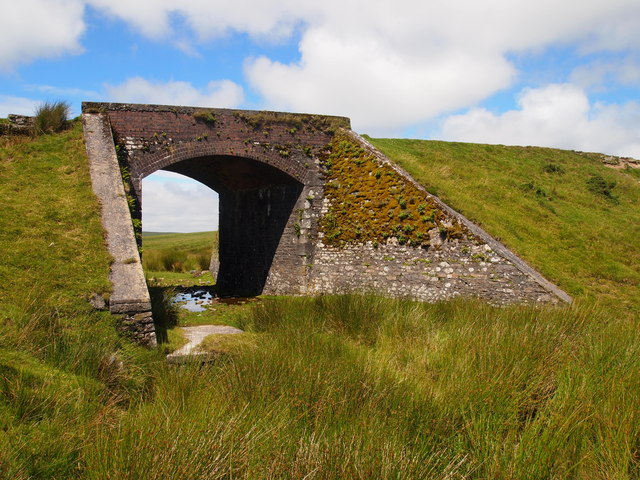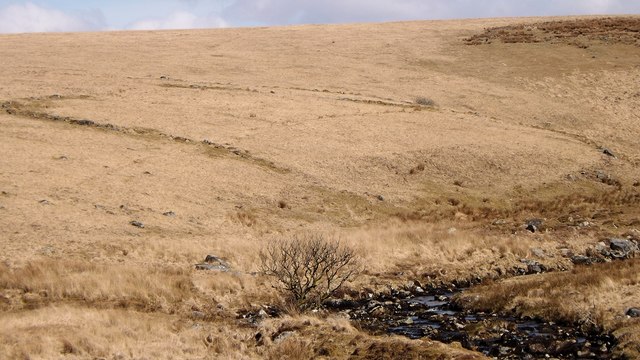Erme Plains
Downs, Moorland in Devon South Hams
England
Erme Plains
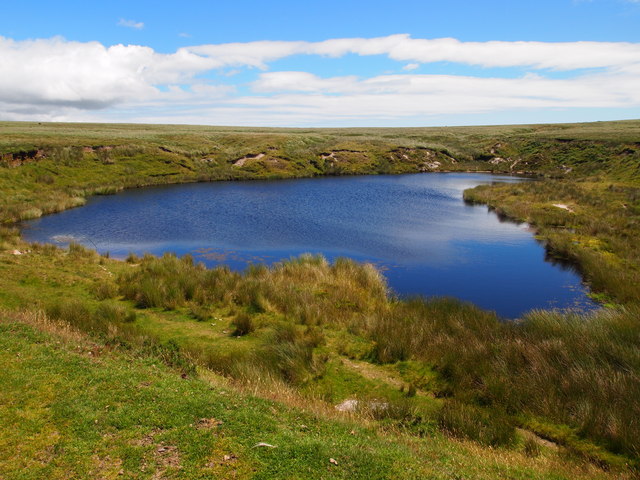
Erme Plains is a picturesque area located in South Devon, England. It is part of the larger region known as Dartmoor National Park, which encompasses vast stretches of moorland, rolling hills, and open countryside. Erme Plains is situated on the eastern edge of Dartmoor, near the village of Ivybridge.
The landscape of Erme Plains is characterized by its gently undulating terrain, scattered with granite outcrops and lush green fields. The area is crisscrossed by the River Erme, which meanders through the plains, creating beautiful wetland habitats and providing a source of water for local wildlife.
The plains are home to a diverse range of flora and fauna, including rare species such as the cuckooflower and the marsh fritillary butterfly. The wetlands attract a variety of bird species, including kingfishers, herons, and waders, making it a popular spot for birdwatching.
Erme Plains also holds historical and cultural significance. The remains of ancient settlements, stone circles, and burial mounds dot the landscape, serving as a reminder of the area's rich history. Moreover, the nearby town of Ivybridge offers visitors the opportunity to explore traditional Devonshire architecture, quaint shops, and local pubs.
The tranquility and natural beauty of Erme Plains make it a popular destination for outdoor activities such as hiking, cycling, and horse riding. The expansive open spaces and rolling hills provide ample opportunities for exploration and adventure, attracting locals and tourists alike. Whether it's a leisurely stroll along the riverbank or a challenging hike up one of the nearby tors, Erme Plains offers a serene and captivating experience for nature enthusiasts.
If you have any feedback on the listing, please let us know in the comments section below.
Erme Plains Images
Images are sourced within 2km of 50.466568/-3.9184713 or Grid Reference SX6364. Thanks to Geograph Open Source API. All images are credited.


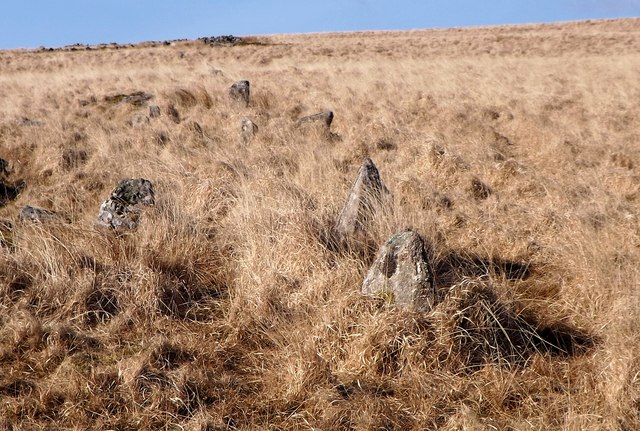
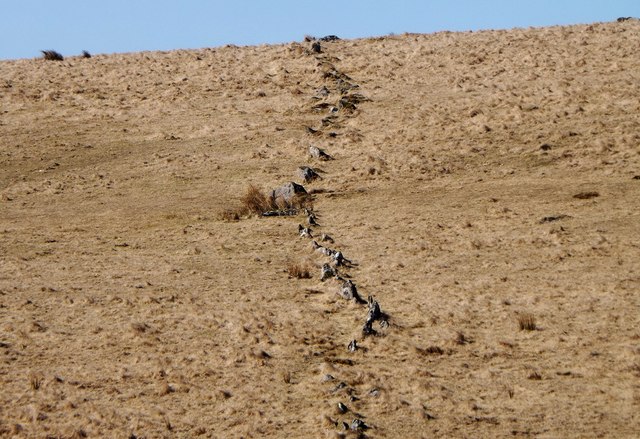


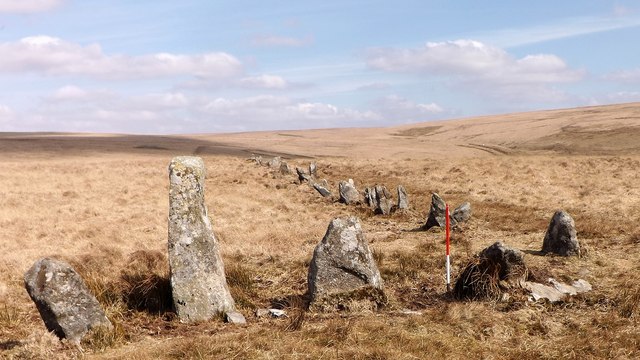
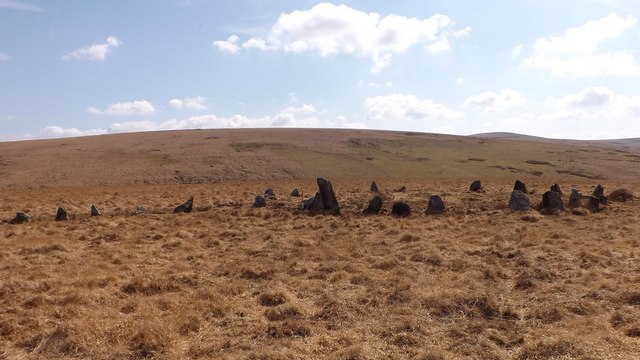
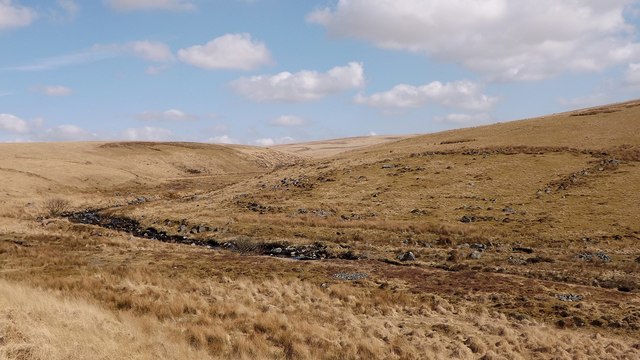
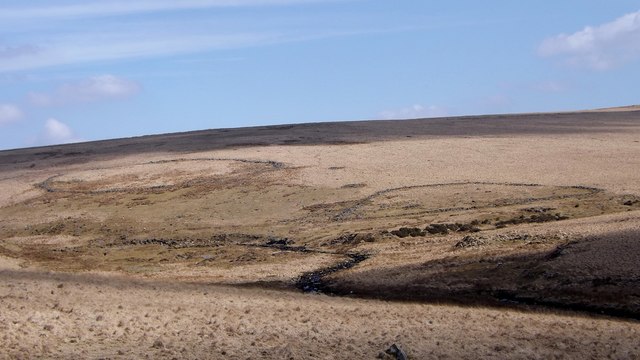
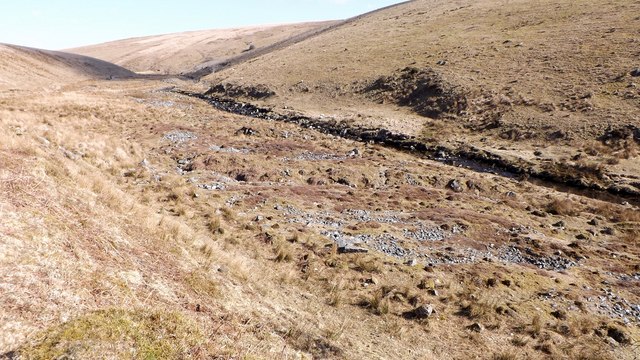
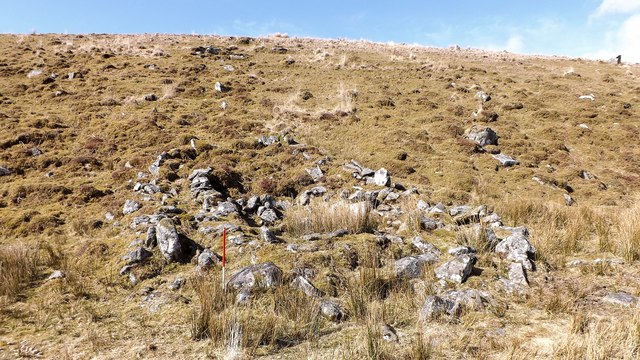
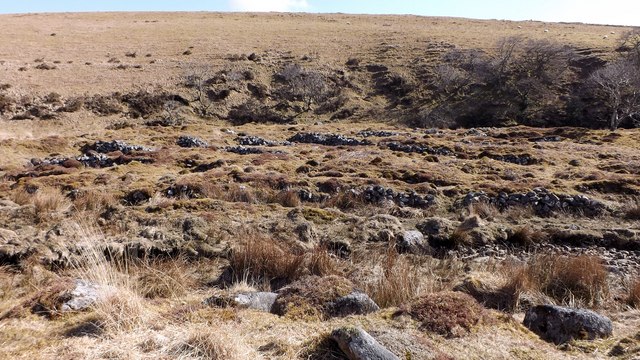
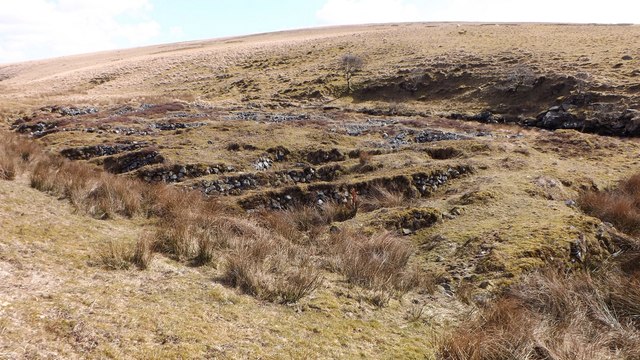

Erme Plains is located at Grid Ref: SX6364 (Lat: 50.466568, Lng: -3.9184713)
Administrative County: Devon
District: South Hams
Police Authority: Devon and Cornwall
What 3 Words
///bend.jousting.freely. Near South Brent, Devon
Nearby Locations
Related Wikis
Stalldown Barrow
Stalldown Barrow, sometimes called Staldon, is a megalithic site in Devon, about 5 km from Harford. It consists of a long stone row. It is fairly close...
Duck's Pool, Dartmoor
Duck's Pool is a small depression set in a remote location in the southern half of Dartmoor, Devon, England at grid reference SX624678. It lies between...
Eylesbarrow mine
Eylesbarrow mine was a tin mine on Dartmoor, Devon, England that was active during the first half of the 19th century. In its early years it was one of...
Dendles Wood
Dendles Wood is an area of protected oak-beech woodland located on the southern edge of Dartmoor, in the English county of Devon. Forming part of the Dartmoor...
Nearby Amenities
Located within 500m of 50.466568,-3.9184713Have you been to Erme Plains?
Leave your review of Erme Plains below (or comments, questions and feedback).
